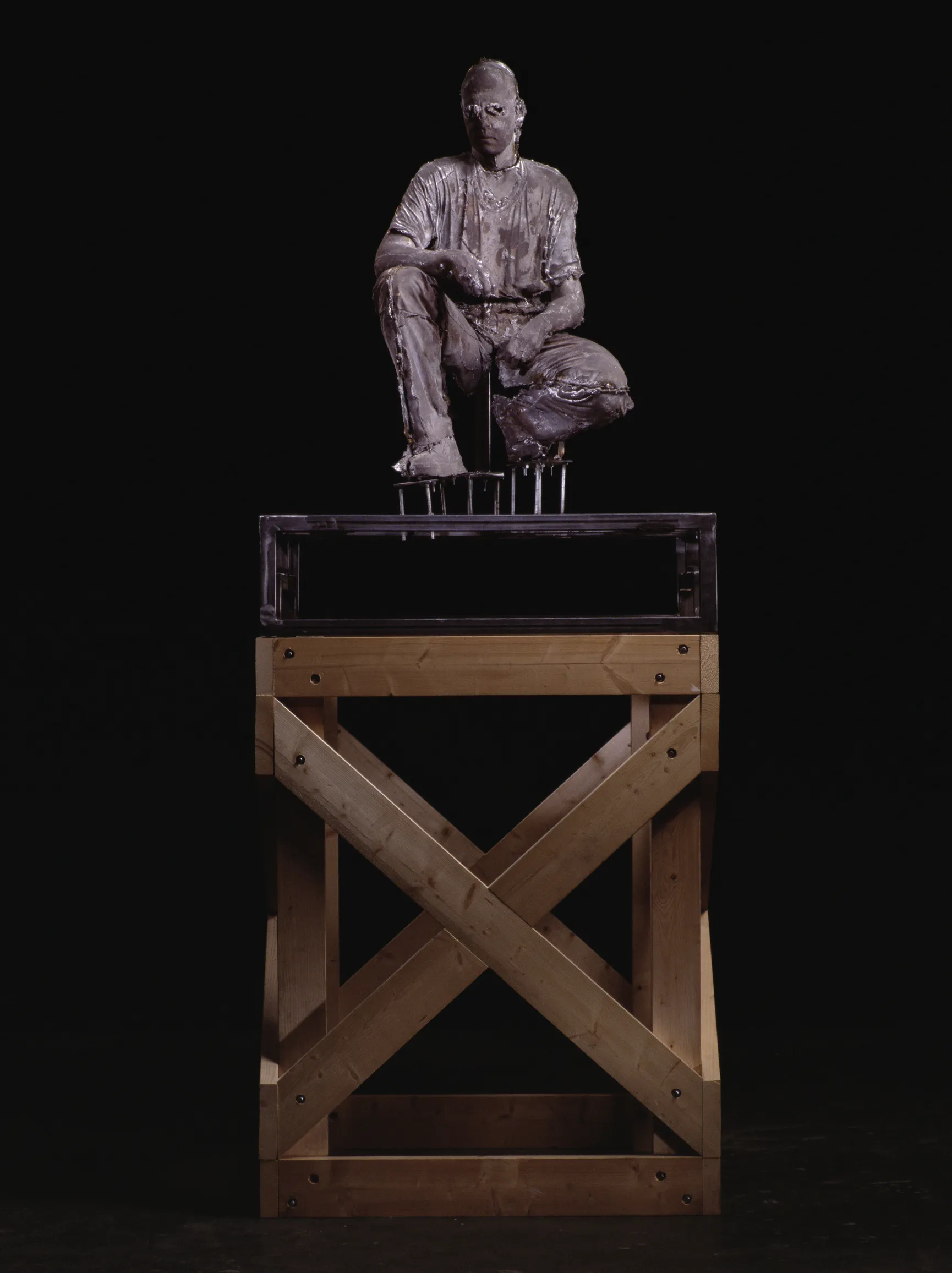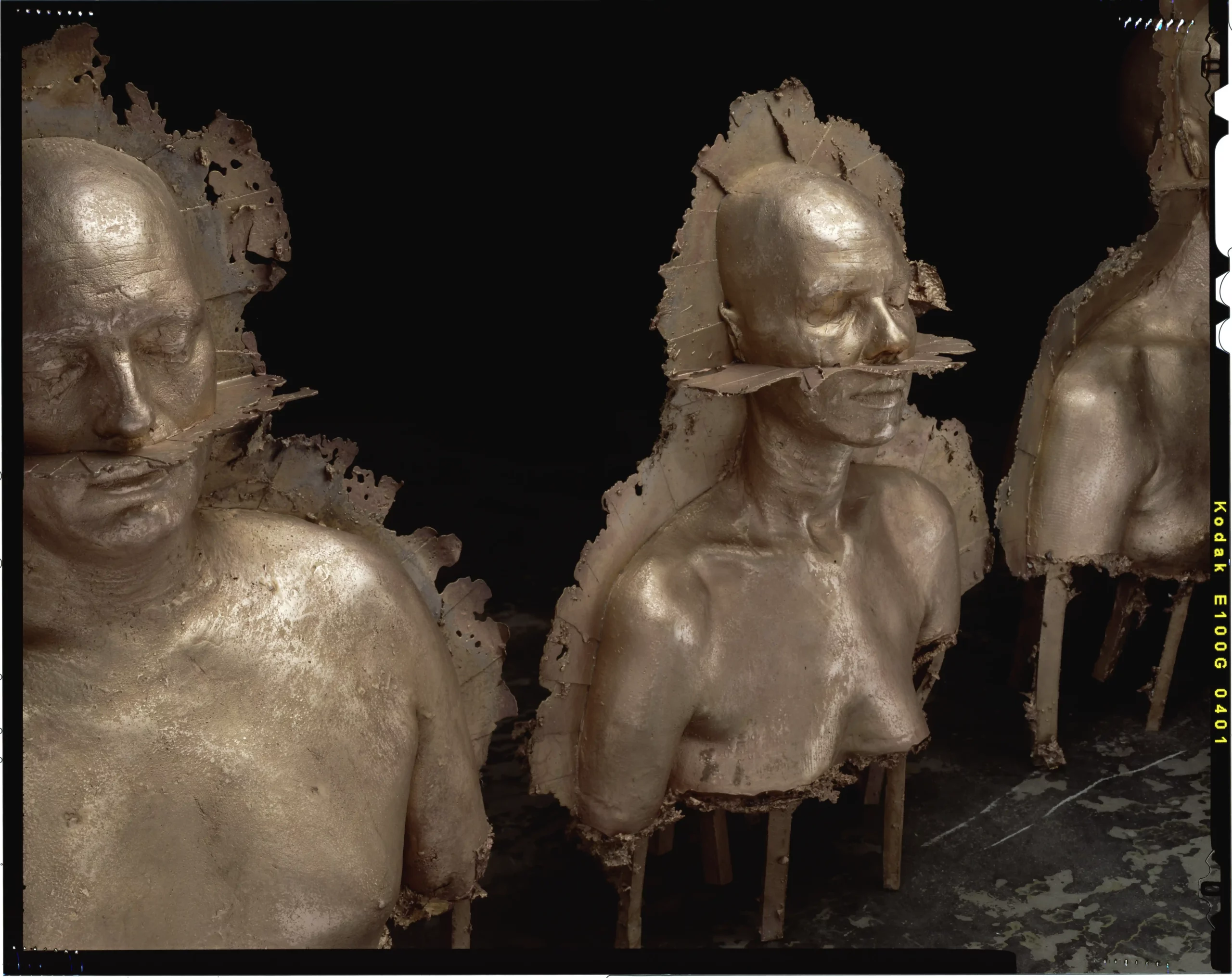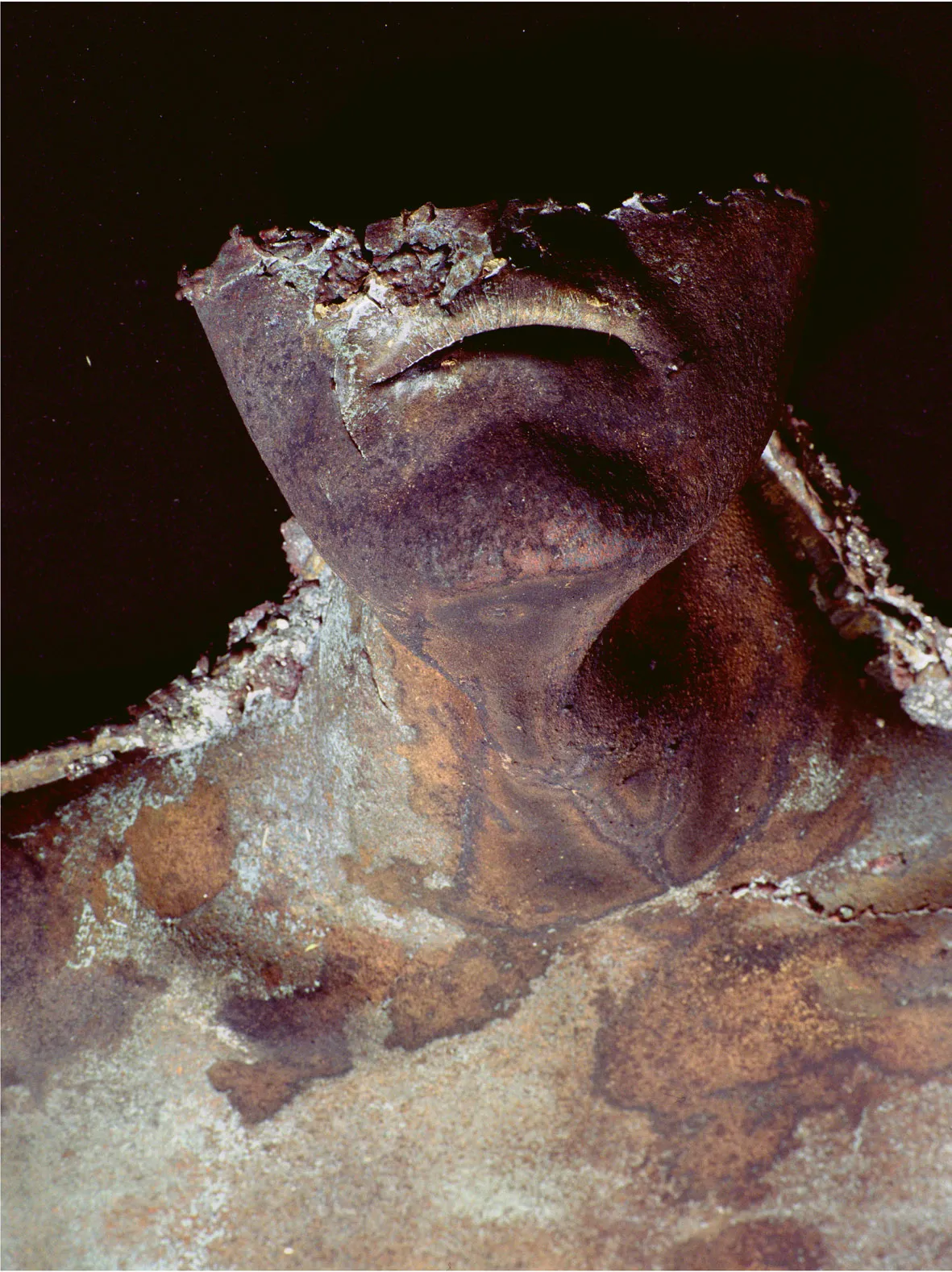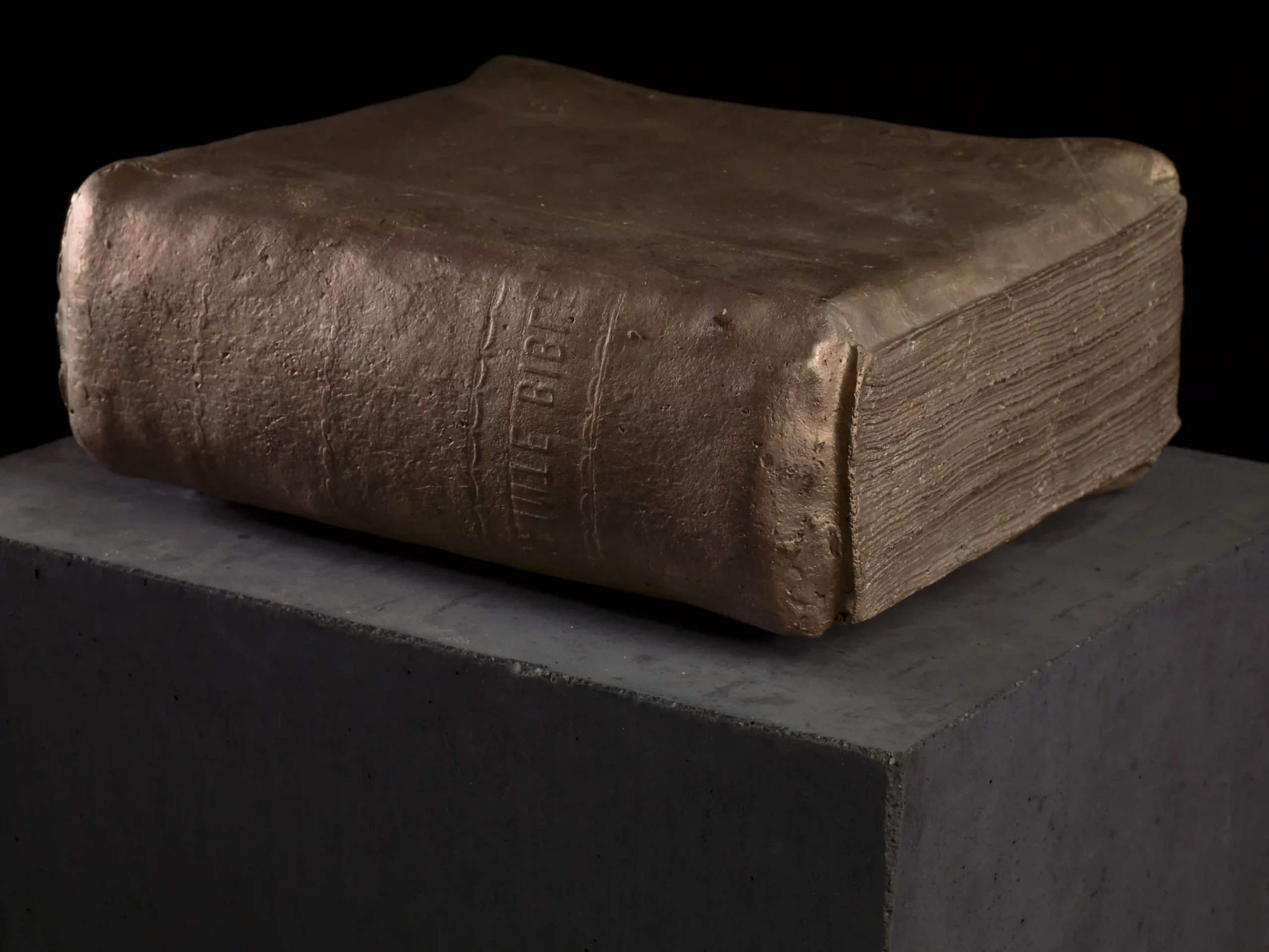SKIN
The skin as a boundary between the ‘I’ and the external world
The skin is the largest human organ and also forms the boundary between our inner and outer worlds. The skin gives us our unique tangible identity and holds our internal physical world together. Without it, we would be a shapeless “mushy” mass.
Over the centuries, artists and scientists have had a great fascination with the skin as a boundary, for what lies beneath this membrane between the inner and outer worlds? Anatomical study of the human body made it possible to represent the inner world in the best possible way and to better understand the biological machine that the body is. In this series Skin, I continue in this tradition. The concept of skin as a boundary or membrane gives me endless possibilities as a visual artist. As a result, SKIN has become an ongoing project, with the first works emerging in 2005.
The boundary between the “I” and the external world
A skin defines more than a boundary between the internal body of the personal “I” and the impersonal of the external world. The space under our skin is unquestionably our personal space, but the space immediately beyond is in many ways public. This immediately makes it a point of discussion where our ‘I’ ends and the external world begins.
In this sense, the skin forms a mental boundary, a barrier between our own bodily integrity and the social, economic and political public space beyond.
A copy of my identity
Skin as a metaphor for the physical boundary of our individual identity has been the start of a long series of self-portraits. Using silicone casts of my skin, I had an exact copy of my own unique skin. I could use and manipulate this skin physically. With the metaphor of the skin, I could question universal themes.
Thus, inside became outside (Pietà) and positive became negative (Imago / Self-portrait 5). I could also literally stretch my skin (Personal space / Self-portrait 12) or apply it as a covering to an already existing “pad. An example is Torso / Self-portrait 6 where I used the Torso Belvèdere as a “coaster.
In my version of this Torso, I literally measure myself with the symbol of sculpture and thus my cultural identity. For what constitutes “the true image”? Here I refer to the important theme of the ‘vera icon’ in art history: how much ‘self’ is needed for a self-portrait?
Identity and personal space
Ultimately, the question is to where our personal space extends and how social, economic and political etiquette about it has emerged and been defined. Etiquette and conventions have a long cultural history, but their form is constantly being redefined. The collective fantasies and stories they form are in constant flux, whether personal, political or religious. Together they shape our fictional virtual personal space, forming narratives that are many times more powerful than reality. This is what I am constantly inspired by as a visual artist.
Selection of works
Click on the picture for more information
- Self-Portrait 3,
- 2005,
- bronze, steel, wood,
- 110 x 110 x 300
- Personal space / Self-Portrait 12,
- detail of work,
- 2010,
- silicone, cotton thread,
- various
- Innocenzo X,
- 2007,
- bronze, concrete,
- 80 x 80 x 165 cm
- Torso / Self-Portrait 6,
- 2008,
- bronze, concrete,
- 90 x 80 x 220 cm
- David / Self-Portrait 11,
- 2009,
- bronze, concrete,
- 75 x 70 x 210 cm
- Vera Icon / Self-Portrait 10,
- 2010,
- 18 carat gold, linen,
- Ø 9 cm / H 4 cm
- Narcissus / Self-Portrait 15,
- detail of work,
- 2012,
- silver 935, brass, leather, pear wood,
- 43 x 86 x 43 cm
- Self-Portrait 7,
- 2008,
- bronze,
- 170 x 20 x 200 cm
- Untitled 4,
- detail of work,
- 2012,
- bronze,
- 35 x 20 x 45 cm
- Self-Portrait 2,
- detail of work,
- 2004,
- bronze, steel, glass, rubber, wood,
- 210 x 110 x 110 cm
- Self-Portrait 14,
- 2013,
- silver 935, glass, oil,
- 60 x 40 x 20 cm
- Self-Portrait 4,
- detail of work,
- 2007,
- bronze,
- 60 x 80 x 140 cm
- Image / Self-Portrait 5,
- 2007,
- bronze, concrete,
- 70 x 40 x 210 cm


















